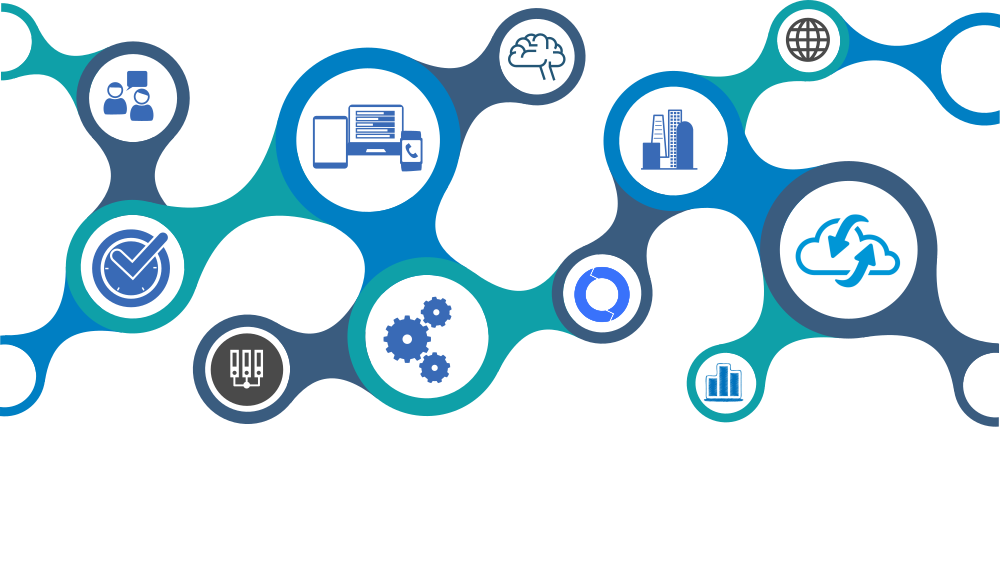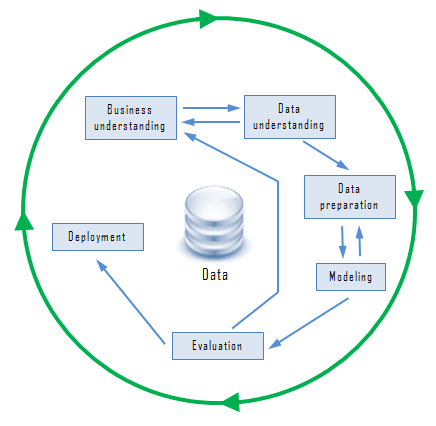Manpower planning is the process of estimating. The optimum number of people required for completing a project, task, or goal within time. Manpower planning includes parameters like the number of personnel, different types of skills, time period, etc. It is a never-ending continuous process to make sure that the business has the optimized resources available. When required taking into consideration the upcoming future projects and also the replacement of the outgoing employees. It is also called Human Resource Planning. Also learn, The Steps of Manpower Planning with Features!
Explain is, What is the Process of Manpower Planning?
What is the process of Manpower Planning? The HR department of every company has to constantly keep an eye on the human resources that the company has. With every possible event like change industry dynamics, increase in business requirements, skills required for a particular technology, etc. The need for having better resources increases.
The process of manpower planning involves the following steps.
First of all the objectives and strategies regarding the diversification, expansion innovation, production, marketing, and finance of the organization are analyzed. So that a fair idea could make regarding the future HR needs of the organization. Because the organizational plans are based on labor, economic, sales, and expansion forecasts. It serves as a good foundation for manpower planning.
The next step is forecasting the demand for human resources. There are many techniques available for forecasting the HR demand like managerial judgment, ratio-trend analysis, and mathematical models. The supply of manpower is also taken into consideration from internal and external sources. The difficulties faced during the process of manpower planning are uncertainties that can be caused by absenteeism; seasonal employment and labor turnover.
As well as, The other uncertainties that make the manpower planning process less reliable are technology changes and market conditions. Sometimes the employees and their unions also resist the manpower planning process because they erroneously feel that manpower planning could increase the workload of the employees. Another limitation faced by the process of manpower planning is that the information system regarding the human resources of an organization is not fully developed in some countries.
The Main Process and Steps for having manpower planning.
The Main Process and Steps for having manpower planning are as below:
Understanding the existing workforce:
The HR department has to thoroughly understand the manpower available to the company. They should examine the background, skill set, qualification, location, etc of the entire workforce so that they have a good idea regarding the pool of talent which the company has.
Forecasting for the future:
With constant changes in business requirements, companies must understand the future trend and which type of employees would best suit their organization. Hence, companies must examine, evaluate and forecast the type of employee workforce they want in the future years
Recruitment and selection:
Depending on the business requirements, manpower planning leads to a much better thought-out recruitment and selection pattern. This totally depends upon the forecasts made and the business requirements. Hence, candidates with better qualifications, skill set, experience, etc are shortlisted as employees to best suit future needs.
Training the employees:
Employees who are a part of the organization are training to have the best skills, knowledge, and understanding about the current job as well as the future requirements.
All these above-mentioned manpower planning steps help organizations become better prepared to adapt to new technology, future industry developments and even to face off with competitors.
Multi-Steps Process of Manpower Planning:
The planning process is one of the most crucial, complex, and continuing managerial functions which, according to the Tata Electrical Locomotive Company, “embraces organization development, managerial development, career planning, and succession planning”. The process has gained importance in India with the increase in the size of business enterprises, complex production technology, and the adoption of professional management techniques. Also learn, Case Study on Debt Collection Management!
It may rightly regard as a multi-step process, including various issues, such as:
- Deciding goals or objectives.
- Auditing of the internal resources.
- Formulation of the recruitment plan.
- Estimating future organizational structure and manpower requirements, and.
- Developing a human resource plan.
A. Deciding Goals or Objectives:
The business objectives have been determining; planning of manpower resources has to fully integrate into the financial planning. It becomes necessary to determine how the human resources can organize to achieve these objectives.
For this purpose, a detailed organization chart is drawn and the management of the company tries to determine. “How many people, at what level, at what positions and with what kind of experience and training would require meeting the business objectives during the planning period”. The management of this company considers a time 5 pan of five years as an optimum period for this purpose.
It stresses the specific and standard occupational nomenclature that must use without. “Which it would not be possible to build a firm-cum-industry-wise manpower resources planning”. It suggests the adoption for this purpose of the international coding of occupations. For sound manpower planning, it considers as a prerequisite the preparation of a manual of job classification and job description with specific reference to individual jobs to perform.
B. Audit of the Internal Resources:
The next step consists of an audit of the internal resources. A systematic review of the internal resources would indicate persons. Within the organizations that possess different or higher levels of responsibilities. Thus it becomes necessary to integrate into the manpower planning process a sound system of performance appraisal as well as an appraisal of the potential of existing employees.
C. Formulation of the Recruitment Plan:
A detailed survey of the internal manpower resources can ultimately lead to an assessment of the deficit or surplus of personnel for the different levels during the planned period. Whilst arriving at the final figures, it is necessary to take them into account. “The actual retirements and estimate loss due to death, ill-health and turnover, base on experience and future outlook about company’s expansion and future growth patterns”.
D. Estimating Future Organisational Structure and Manpower Requirements:
The management must estimate the structure of the organization at a given point in time. For this estimate, the number and type of employees needed have to determine. Many environmental factors affect this determination. They include business forecast, expansion and growth, design and structural changes, management philosophy, government policy, product, and human skills mix, and competition.
E. Developing of Human Resource Plan:
This step refers to the development and implementation of the human resource plan. Which consists in finding out the sources of labor supply with a view to making an effective use of these sources. As well as, The first thing, therefore, is to decide on the policy— should the person hire from within through promotional channels or should it obtain from an outside source.
Also, The best policy which is following by most organizations is to fill up higher vacancies by promotion and lower-level positions by recruitment from the labor market. The market is a geographical area from which employers recruit their workforce and labor seeks employment.



















